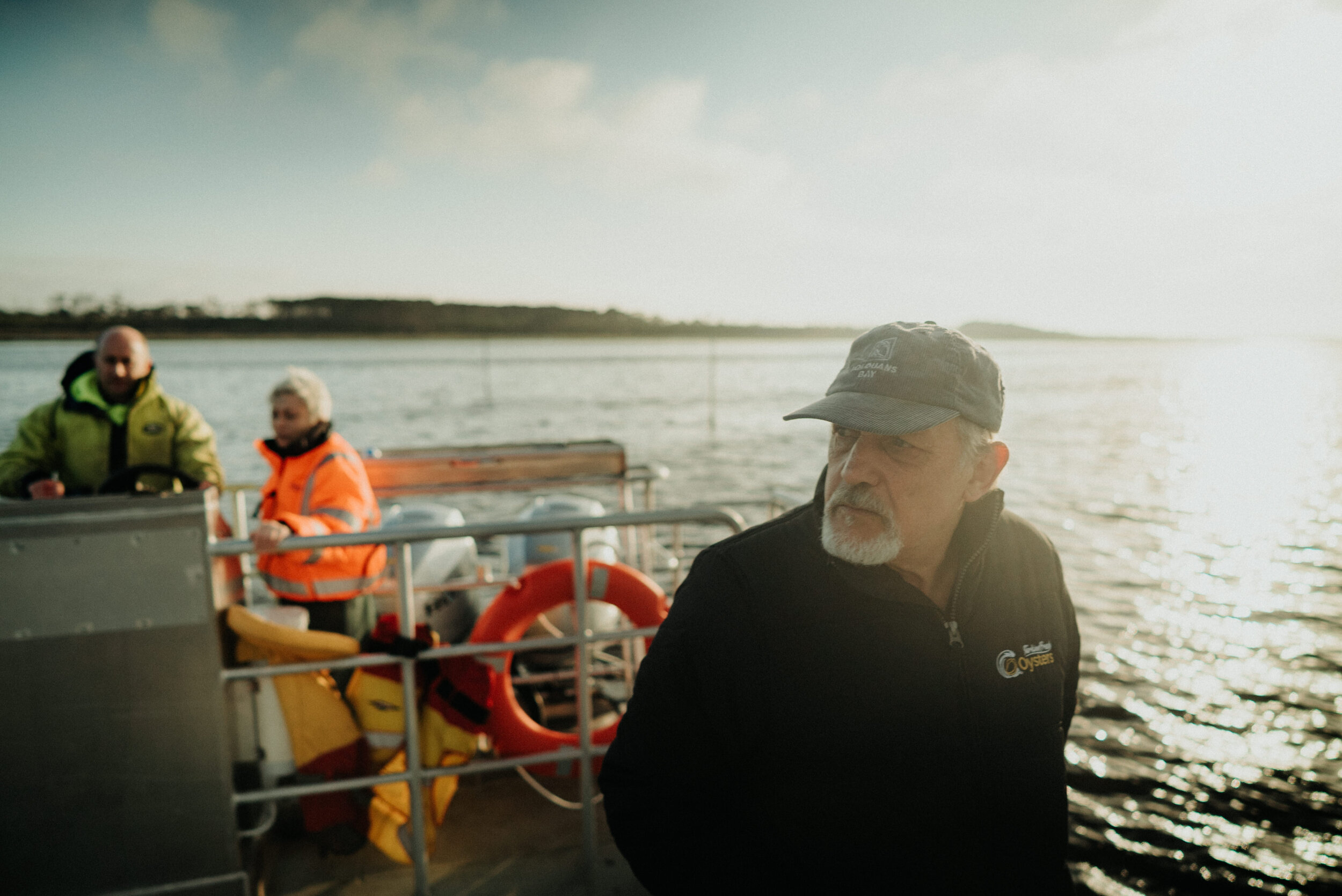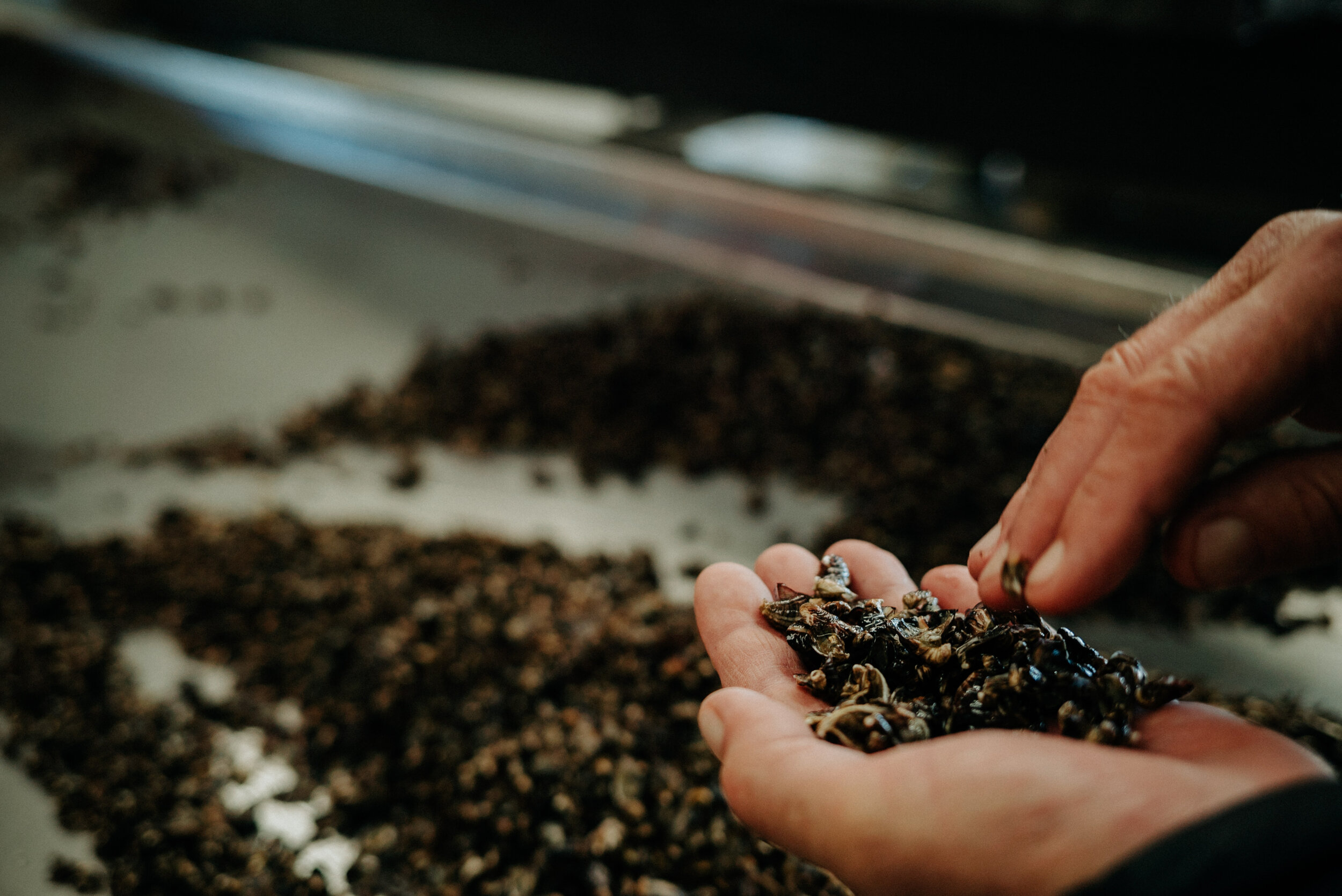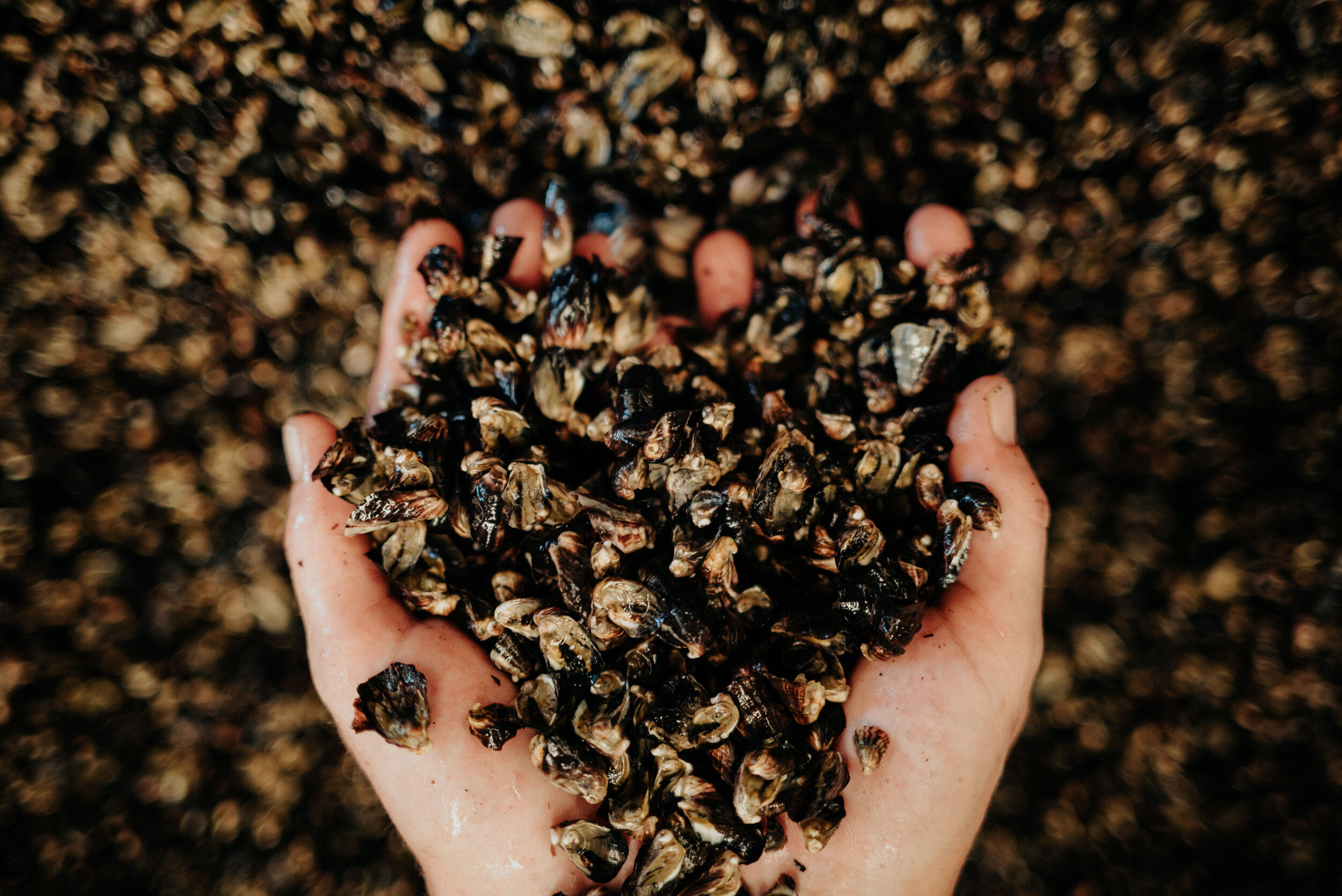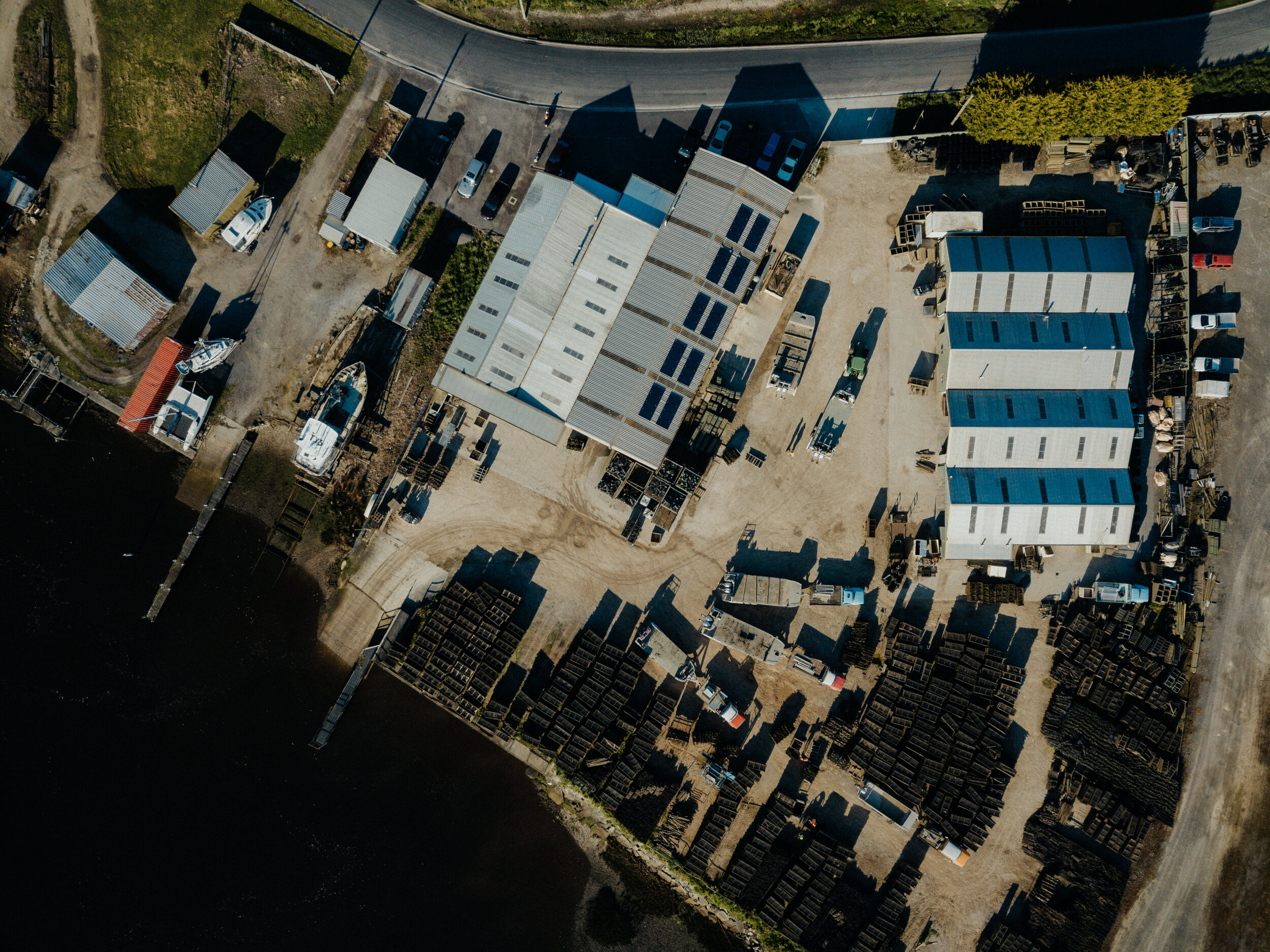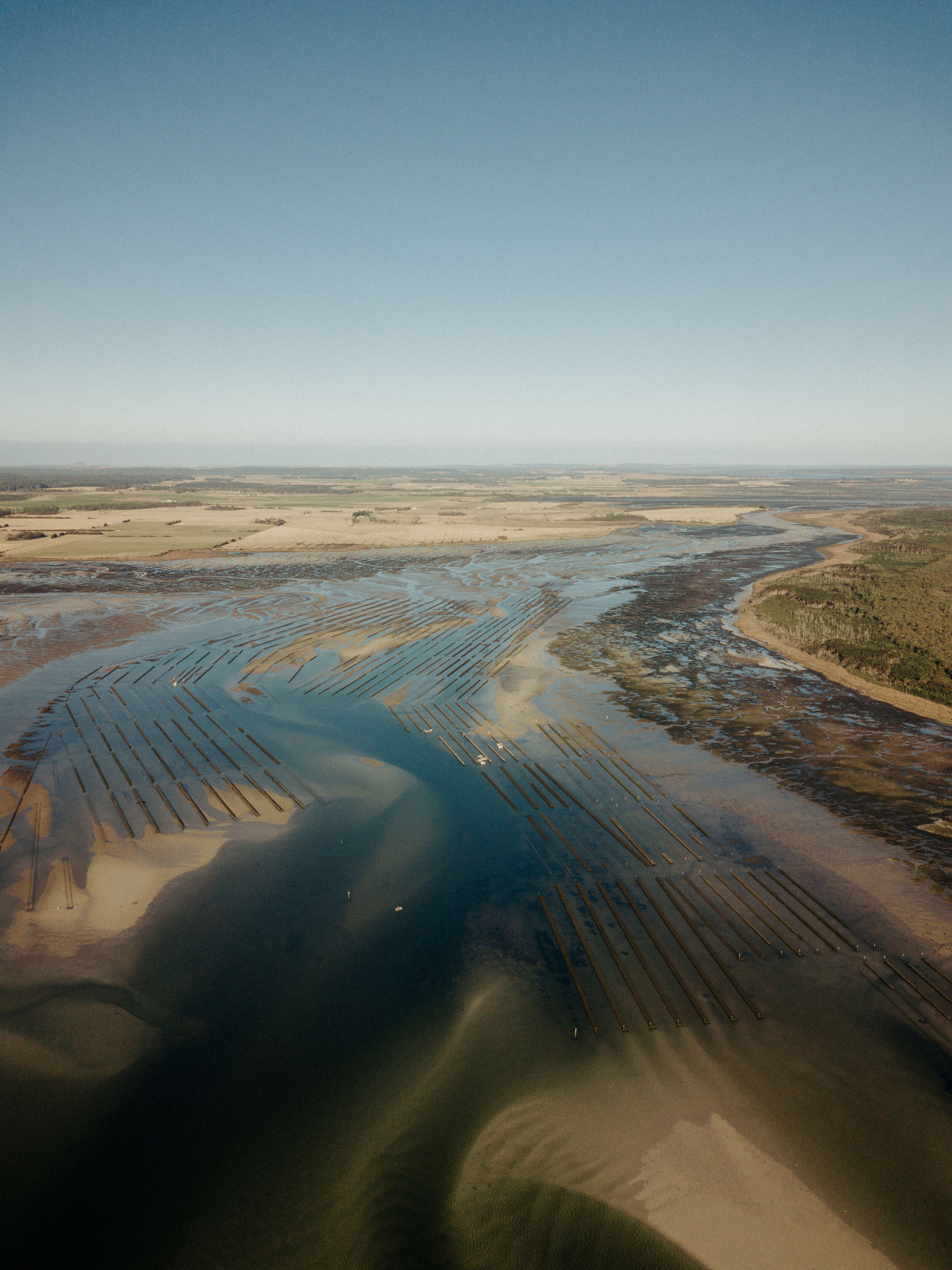WHY ARE OUR OYSTERS SO GOOD?
Our oysters are harvested fresh from Duck Bay in Smithton, Tasmania where there is a 3.5 meter rise and fall in the tide, providing the perfect environment for growing oysters. Smithton has some of the highest rainfall in Australia’s south, providing a constant supply of nutrient rich water all year round.
Located on Tasmania’s stormy North West Coast, Duck Bay has a reputation for providing high quality, nutritious oysters in November to April when supply is usually scarce throughout Australia. These oysters have a large, sweet abductor muscle with white flesh.
Tasmanian oysters were introduced from Japan in 1946. A pacific oyster in Duck Bay takes around 24 months to grow to an appropriate size for consumption.
Eazy Azz! Cooking at home….
With our Eazy Azz foil trays its never been easier to cook at home! A range of baked flavours can be tailored to suit your taste buds. An easy night’s dinner prepared for you and your family to enjoy - no fuss!
Our three most popular flavours are -
Kilpatrick; Bacon, Onion, BBQ sauce & Worcestershire Sauce
Rocky Point: Sour Cream mixed with lemon & cheese, with a garlic crumb
Mornay: Home-made mornay sauce, topped with grated tasty cheese & a sprinkle of ginseng spice
With other flavours also available
Freshly Shucked Oysters
Each day we process our oysters to send to eateries and restaurants along the North West Coast of Tasmania.
Enjoy a meal in our Café or grab some takeaway from our retail shop to take with you.
We offer lemon, ginseng bush spice, mignonette, salsa or salmon as fresh toppings as well as quite a few baked topping options.
Tasmanian Shellfish Market Access Program - Shellmap
Tasmania has adopted an internationally accepted quality assurance program for the reduction of food safety risks in shellfish consumption. A dedicated monitoring system, known as the ShellMAP agreement, ensures food safety across the industry. ShellMAP operates under a Partnership Agreement between the Tasmanian Government, Oysters Tasmania and the Tasmanian Seafood Industry Council (TSIC). The program has three components: Regulatory Services, Industry Development and Operational Services.
Our harvest areas have monitors that record the salinity levels after rainfall. This is governed by the ShellMAP program who will close areas down for harvest when the levels are not acceptable. Water testing must take place before a harvest area can be reopened. Tarkine Fresh Oysters were one of the first oyster farms to have a certified depuration and holding system approved in Tasmania, a process that is used world-wide. This process is used when there are high levels of rainfall in the bay.




